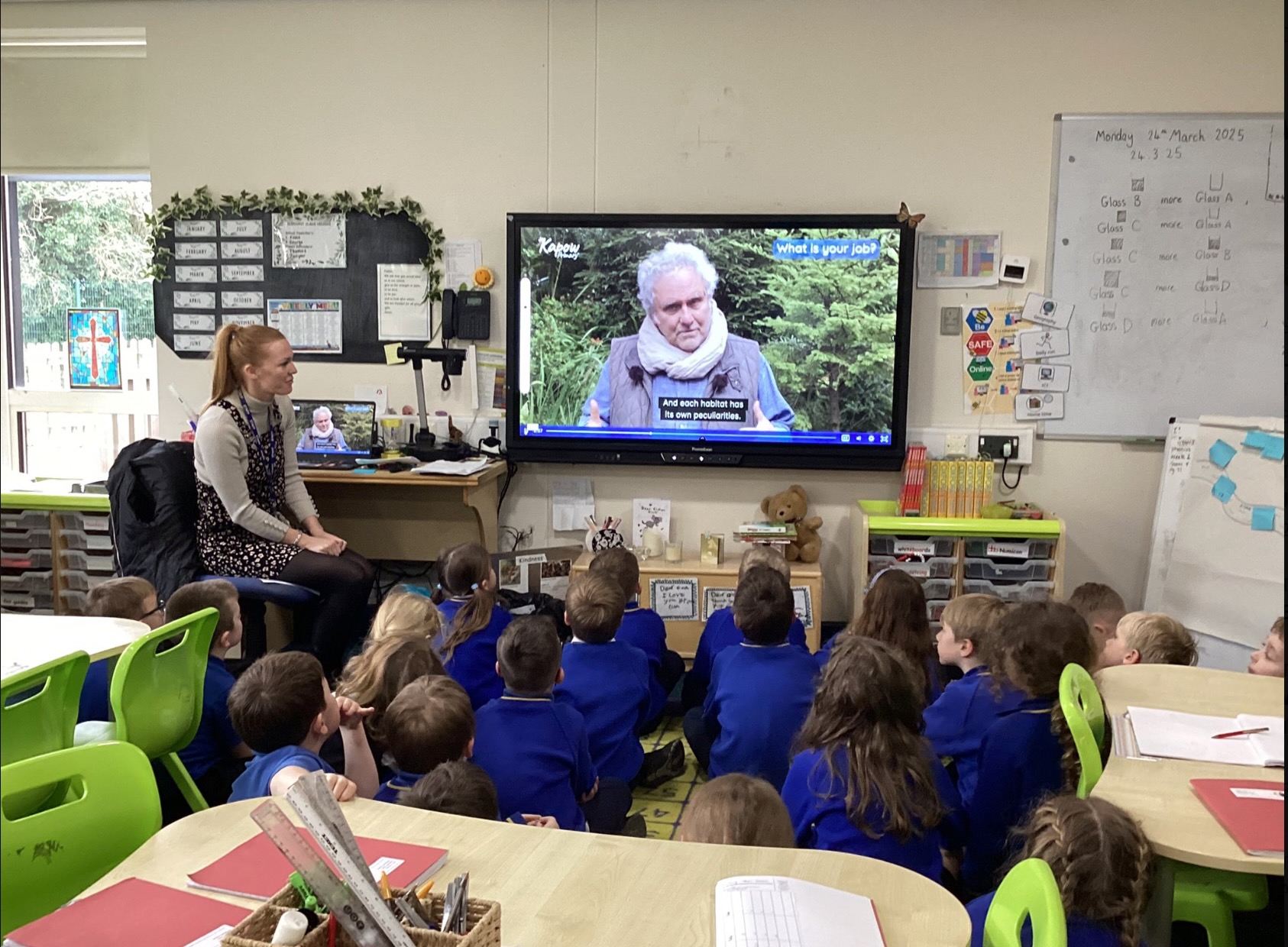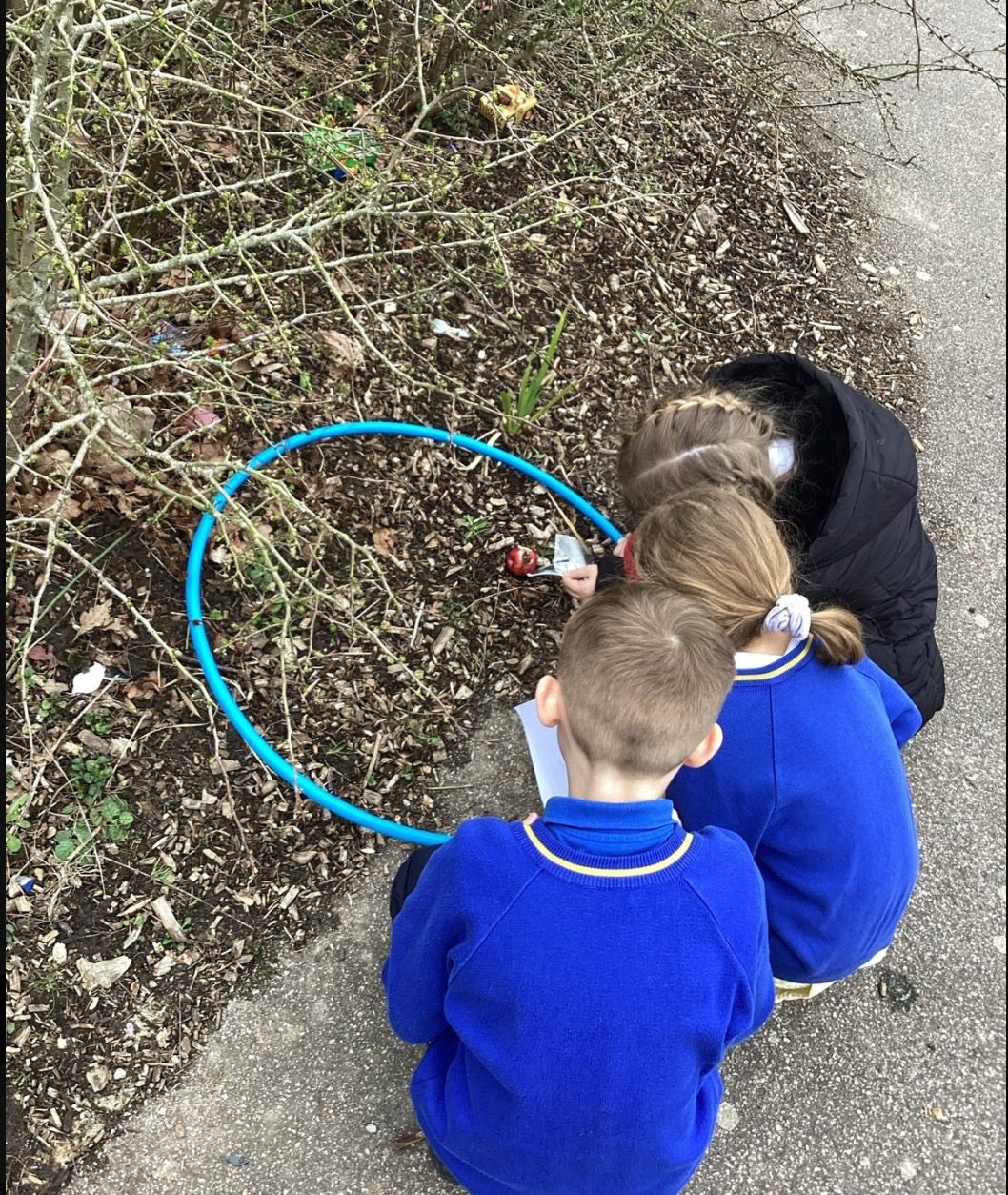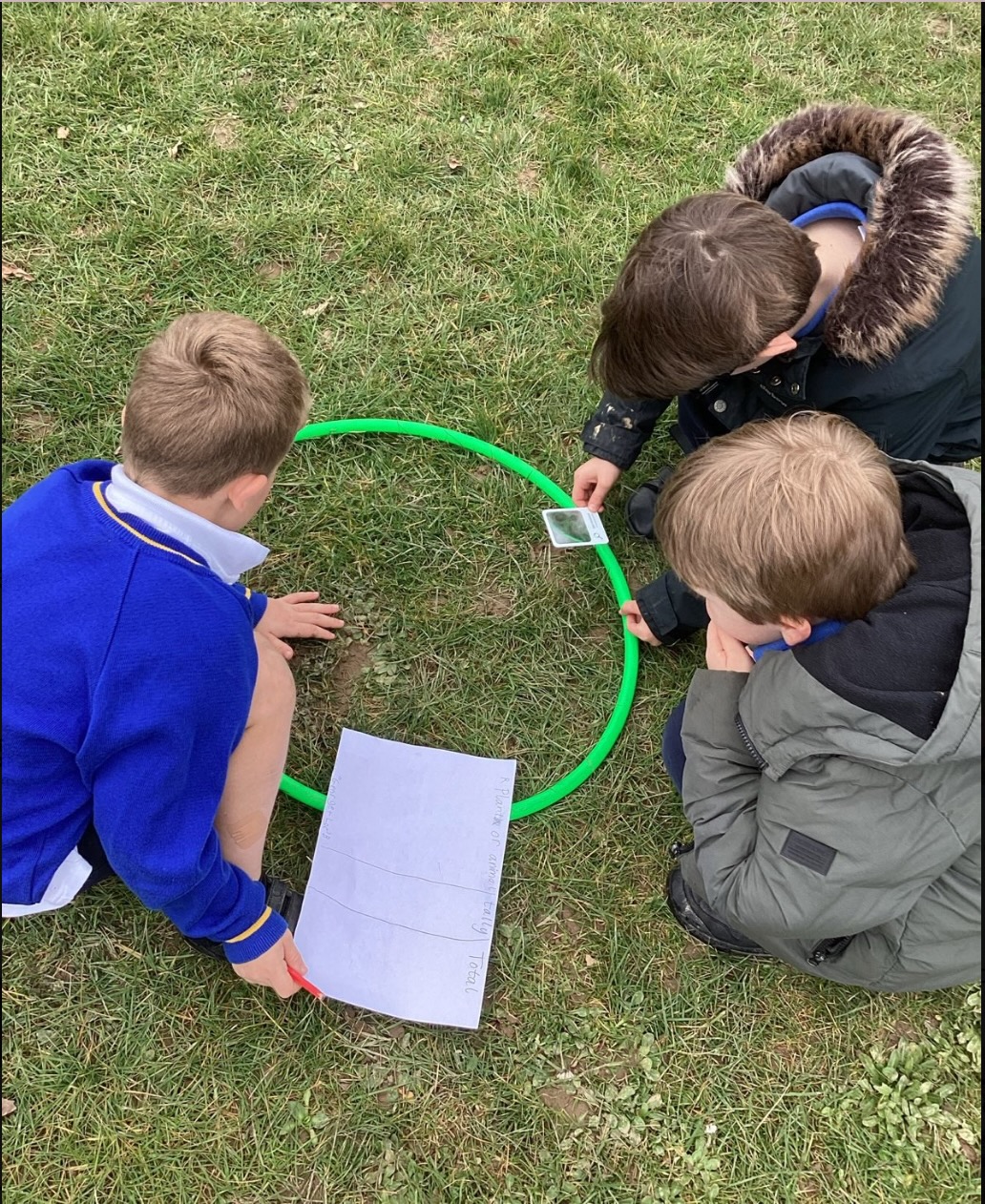Learning objective
- To investigate local habitats and record findings.
Success criteria
- I can make
This content is for subscribers only. Join for access today.
National curriculum
Geography
Geographical skills and fieldwork
This content is for subscribers only. Join for access today.
Cross-curricular links
Science
Pupils should be
This content is for subscribers only. Join for access today.
Before the lesson
This content is for subscribers only. Join for access today.
Lesson plan
Recap and recall
Display the Presentation: 3, 2, 1 and use the activity to recap learning from the previous lesson.
This content is for subscribers only. Join for access today.
Extended-mode explainer videos
How to extend your display to view the lesson page and preseantion mode simultaneously. Choose your operating system below to watch the video
If you need further support with extending your display,
please contact [email protected].
Extended-mode explainer video: For Mac
Extended-mode explainer video: For Windows
Adaptive teaching
Pupils needing extra support
Should use Activity: Tally chart (support). Could work in an adult-supported group to identify the plants and animals they find.
Pupils working at greater depth
Should repeat the sampling in three different areas such as near a path or on a dry or wet area of vegetation. Should note findings on the OS map and add labels.
This content is for subscribers only. Join for access today.
Assessing progress and understanding
Pupils with secure understanding indicated by: observing physical features found
This content is for subscribers only. Join for access today.
Vocabulary definitions
-
habitat
The natural home of a plant or animal.
-
vegetation
All the plants that grow in a certain area.
This content is for subscribers only. Join for access today.
Example work

Sissinghurst C of E Primary School, Cranbrook

Sissinghurst C of E Primary School, Cranbrook

Sissinghurst C of E Primary School, Cranbrook

Sissinghurst C of E Primary School, Cranbrook

Sissinghurst C of E Primary School, Cranbrook

Sissinghurst C of E Primary School, Cranbrook
This content is for subscribers only. Join for access today.
In this unit
Assessment - Geography Y2: Why is our world wonderful?
Lesson 1: What are some of the UK’s amazing features and landmarks?
Lesson 2: Where are some of the world’s most amazing places?
Lesson 3: Where are our oceans?
Lesson 4: What is amazing about our local area?
Lesson 5: Why are natural habitats special?
Lesson 6: How can we look after natural habitats?
Optional sustainability lesson: How can our journey to school help the environment?

